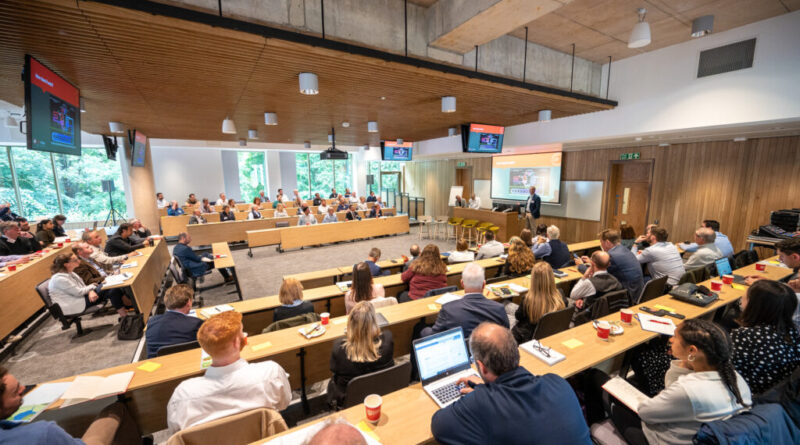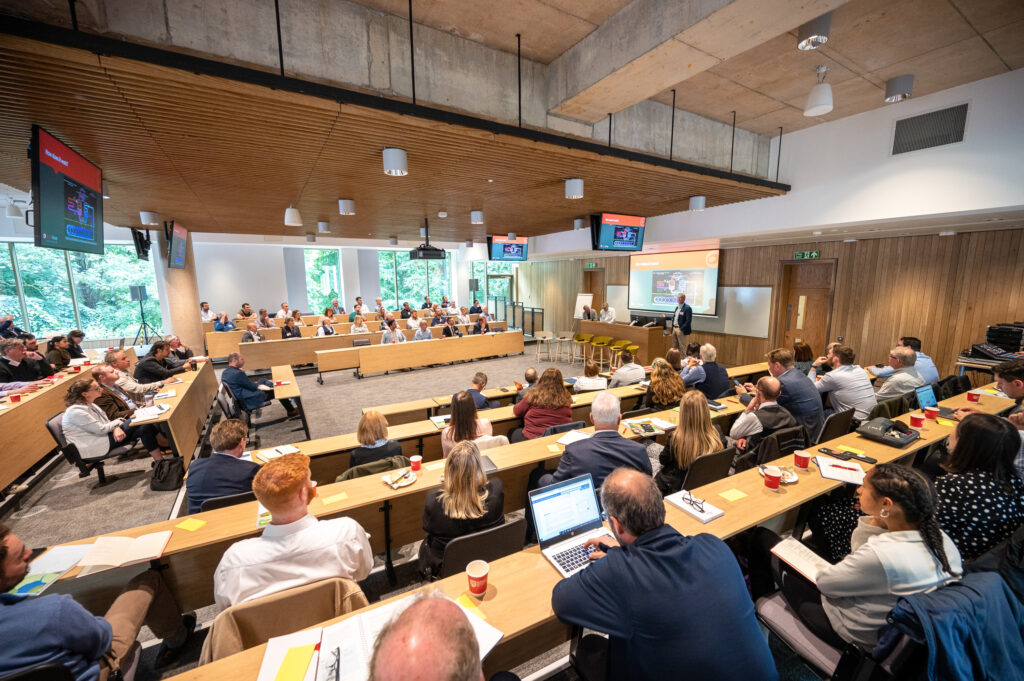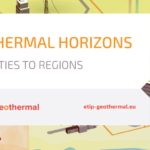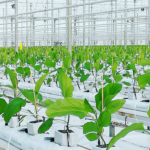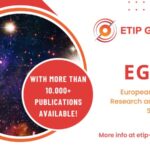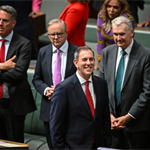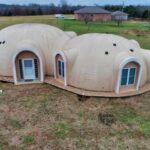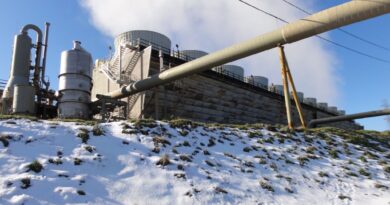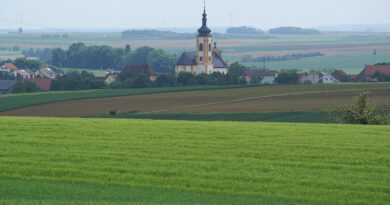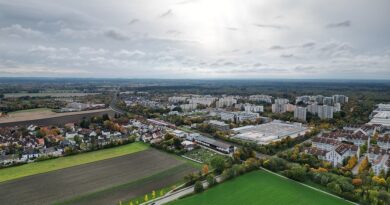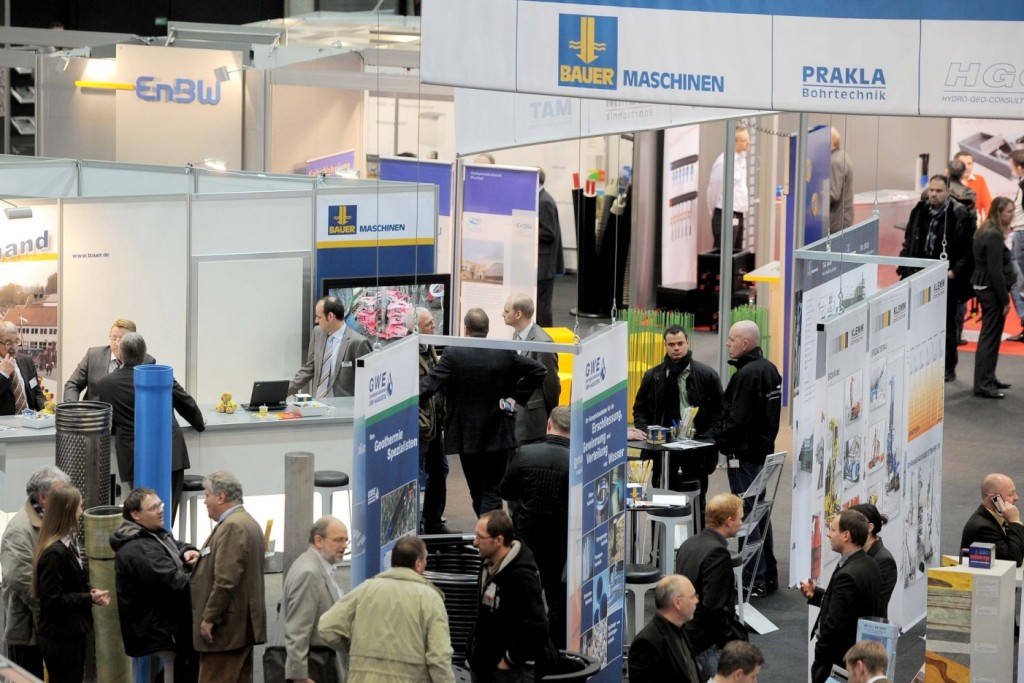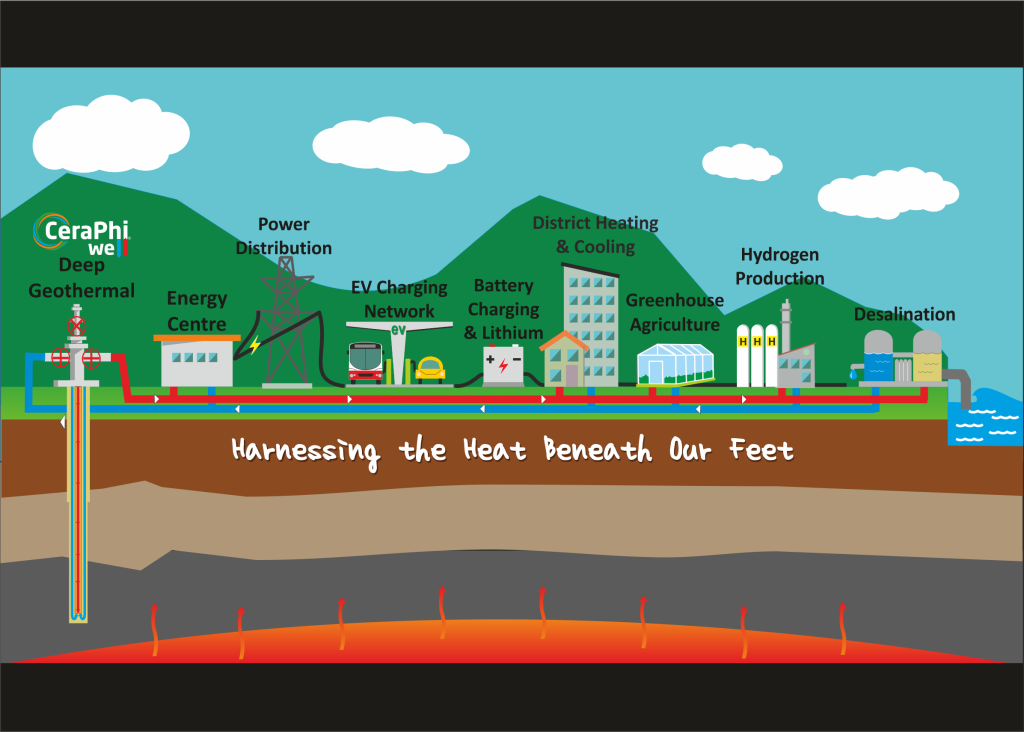Research explores Collective Vision-Making for transitioning “stuck” geothermal market
Energy Disrupter
A new research proposes the use of a Collective Vision-Making Model for driving geothermal market transformation through collective stakeholder collaboration.
The geothermal energy market, though rich with potential, remains “stuck” compared to other renewable sources like wind and solar. This is especially true in Northern Ireland, where geothermal development has seen limited commercial success despite government and academic interest.
A new study led by Joseph Fitzpatrick Ireland explores how a collective, multi-stakeholder vision-making process can catalyze market momentum and encourage institutional collaboration by cultivating a shared vision and mutual understanding among diverse stakeholders. This approach emphasizes that sustainable geothermal expansion requires a shared vision that considers local ecosystems and global sustainability goals.
The full paper, “Collective vision-making practice: A long-run dynamic process model for geothermal market transitioning,” by Ireland et al has been published in the Renewable and Sustainable Energy Reviews journal. (https://doi.org/10.1016/j.rser.2024.114909).
The research introduces a dynamic process model that highlights the role of collective vision-making in fostering a shared understanding among multi-stakeholders. By aligning diverse interests, this model aims to unlock geothermal energy’s potential, which remains underutilised in many regions. The findings highlight the importance of stakeholder engagement across institutional and technological boundaries to develop a sustainable market framework that advances geothermal projects.
This research holds particular relevance for policymakers, market actors, and industry leaders seeking to overcome the “stuck” nature of the geothermal market and accelerate its contribution to the global renewable energy mix.
The ‘stuck’ nature of the geothermal market
The concept of being “stuck” comes from Michael Porter’s theory on competitive strategy, applied here to an entire market. The geothermal market’s slow growth is attributed to factors such as high costs, geological variability, and complex regulatory requirements.
Unlike wind or solar, which have benefited from clear policy support, geothermal energy lacks consistent development frameworks across different regions. Northern Ireland’s geothermal potential has been noted in several studies, yet local adoption remains limited, thus maintaining a high reliance on imported fossil fuels.
This study goes beyond viewing these issues as isolated barriers. It suggests they are symptoms of a broader institutional gap where stakeholders lack a shared vision. By developing a collective, dynamic model that aligns all the various actors, the research introduces a pathway to reshape the geothermal market’s growth trajectory.
The Collective Vision-Making Model
The heart of this study is a six-dimensional model for collective vision-making, which is designed to address the geothermal market’s stagnation by promoting a collaborative, multi-stakeholder process. Each dimension involves specific practices that encourage stakeholders to co-create a future vision for geothermal energy.
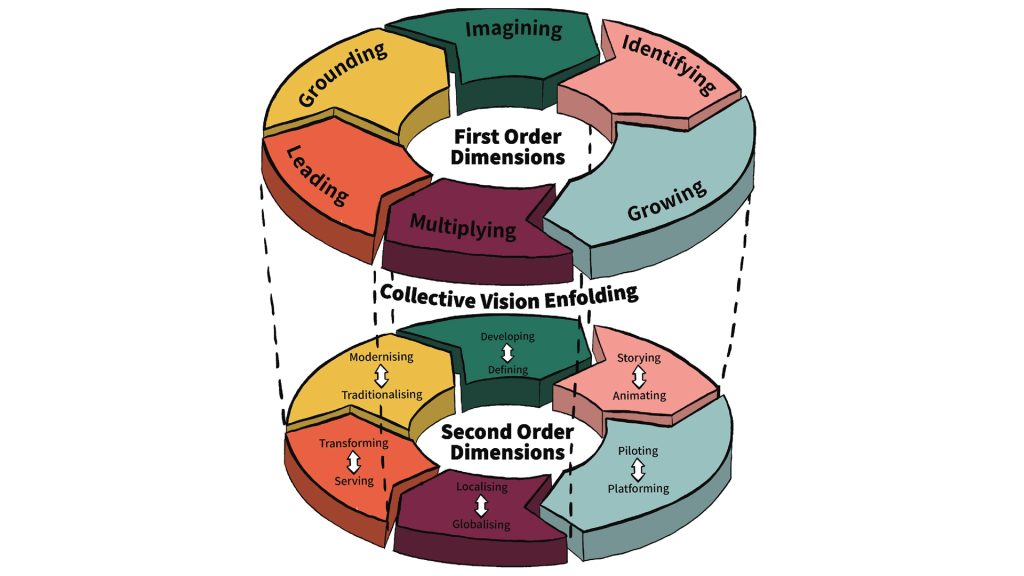
- Imagining: This phase encourages stakeholders to re-envision geothermal energy’s possibilities by expanding their perspectives beyond current constraints. It involves defining and developing scenarios that enable stakeholders to see geothermal’s potential impact more holistically.
- Identifying: Through insights gained from the imagining phase, stakeholders establish key values, elements, and goals that collectively define the geothermal market’s identity. This includes creating a narrative that resonates with public interest and addresses both local and global energy needs.
- Growing: With a defined identity, stakeholders move toward market expansion by piloting and scaling initiatives. This phase focuses on building initial projects that demonstrate feasibility and generate interest within the wider community and industry. This is also a phase for understanding market dynamics and working towards continuous improvement through feedback, performance monitoring, and adaptations to market needs and trends.
- Multiplying: Scaling becomes central as the market gains traction. This dimension prioritizes expanding geothermal applications across the value chain to replicate and grow the model. This also involves analysis of element such as legal framework, business model innovation, user engagement, and industry buy-in towards formulating a strategy for scalability and replicability.
- Leading: Leadership is necessary for guiding the model managing dynamics between key stakeholders. Moreover, vision-making leaders should be able to understand the vision’s dynamic behavior, thus inspiring and guiding wjhile maintaining the vision’s values and advocating for common welfare. Regular assessment of leadership behavior is a key element to sustained success.
- Grounding: The vision remains flexible and responsive to environmental, social, and economic changes. This phase ensures that the geothermal vision is sustainable, addressing societal needs without compromising ethical and environmental integrity.
These first-order visual dimensions are interconnected through twelve second-order behavioural practice: defining-developing, animating-storying, piloting-platforming, localising-globalising, transforming-serving, and traditionalising-modernising.
Each dimension in this model represents a crucial step in transitioning from isolated actions to a unified geothermal market that benefits from a comprehensive institutional foundation.
Ethnographic and longitudinal Insights
The research employs a longitudinal ethnographic methodology, allowing the researchers to capture the evolving dynamics within Northern Ireland’s geothermal sector. The research spanned four years and included direct involvement in workshops, interviews with stakeholders, and ethnographic observations across public and private forums.
Using a “Living Codebook” system, the researchers documented each stage of their analysis, from initial observations to refined insights. Notably, the ethnographic approach enabled a deep understanding of how community concerns and institutional barriers impact geothermal projects, with findings reflecting real-world complexities that go beyond theoretical models.
Implications for thought leaders and policymakers
The work suggest four important implications for thought leaders and policymakers that may help in transitioning geothermal from its standstill status:
- A greater emphasis on intangible relational spaces instead of focusing solely on technologies, policy, geology, and other material understandings of the energy sector. This means prioritizing the allocation of resources to support socio-cognitive institutional work including workshops and energy conferences, as well as the provision of spaces for discussion, consultation, disagreement, and dispute.
- Thought leaders and policymakers must conscientiously practice collective vision-making beyond just being performative and use it as a tool for meaningful engagement. This requires shifting away from doing to be seen. This means maintaining socio-cognitive work over a sustained period, thus creating institutional stances that can be transitioned to policy missions.
- Collective vision-making practice provides a relational orbiting tool around which the relationally ‘stuck’ can become unstuck. Leaders and policymakers should connect local and international influences to create broader change. Tools such as the “two-table negotiation” model allows for different viewpoints and interests to be considered, helping to ease strict stances and create a more cooperative market approach for geothermal energy.
- Stakeholders in the geothermal industry should take advantage of network-building opportunities, particularly through online interaction. However, such type of engagement may miss out on some influential players such as government representatives. Leaders should adopt a collaborative platform mindset that invites more voices into discussions about geothermal energy, aiming to balance diverse perspectives thoughtfully. Key questions could include how to unlock new value by engaging various market perspectives and how to align all actors around a shared vision for long-term, sustainable market development.
Broader applications and future work
While focused on Northern Ireland’s geothermal market, this model has potential applications across other renewable energy sectors facing similar challenges. The emphasis on collective vision-making and iterative development offers a blueprint for transitioning “stuck” markets toward sustainable growth. Future research could explore adapting this model to regions with different socio-political contexts or integrating it into global energy policy frameworks.
The study concludes by calling for interdisciplinary approaches that combine insights from institutional theory, market transition studies, and renewable energy policy. By continuing to refine and test the collective vision-making model, future research can contribute valuable knowledge that accelerates the global transition to renewable energy.

